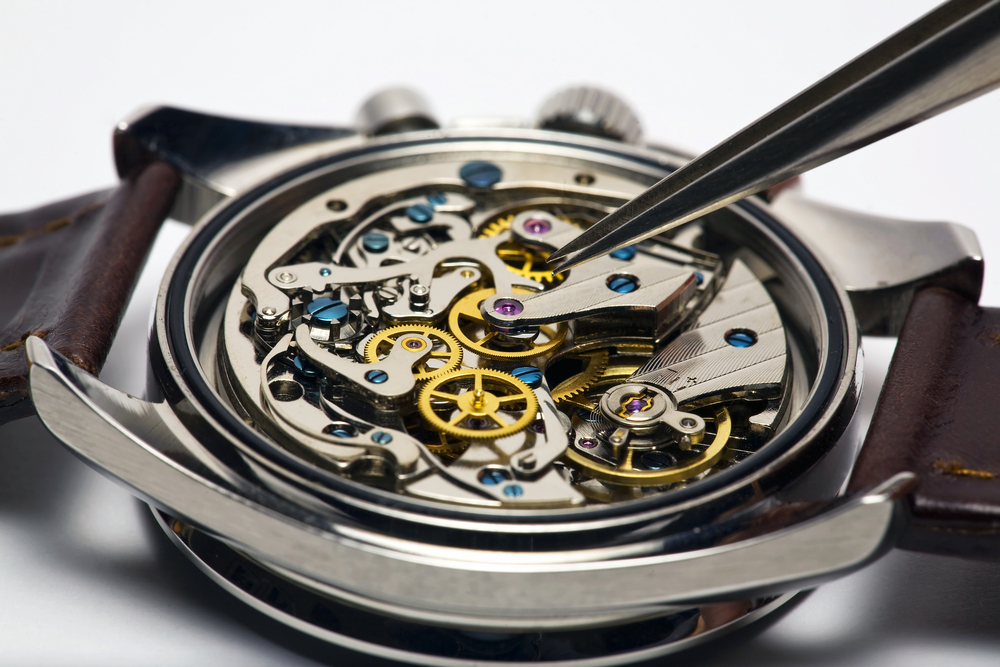The mechanical design of a watch requires regular maintenance and lubrication in order to lessen friction that occurs on moving parts and results in them wearing out.
There are more than 50 places of friction that have to be lubricated in an average wristwatch. And the more complicated the watch there are more places that require oiling.
As with any mechanical vehicle that requires an oil change also, the manual or automatic mechanical watches require lubrication, or, in some cases, a cleaning and complete oil change or, as watchmakers would say "Overhaul". You can also hire professionals for watch oiling and Rolex battery replacement online.

Image Source: Google
You will know whether your watch should get oil if it begins to slow down and lose accuracy. When the oil is dry it causes the parts to rub together, and eventually, the friction can cause the metal to shatter and dirt to accumulate.
When you look at the watch you can see the watch's jewels could be crusty or dry with old dirt and oil or perhaps see wear and wear on the parts and even the gears.
Oiling is usually carried out at intervals scheduled for service However, if you've recently bought a new watch, it will require oiling as the oil is likely to have been drained or clogged up.
If you're not sure of the date when the last oiling was performed on the watch, it is recommended to get the watch checked. This means that the watch needs to be disassembled completely then cleaned and returned to its original specifications to ensure optimal performance.